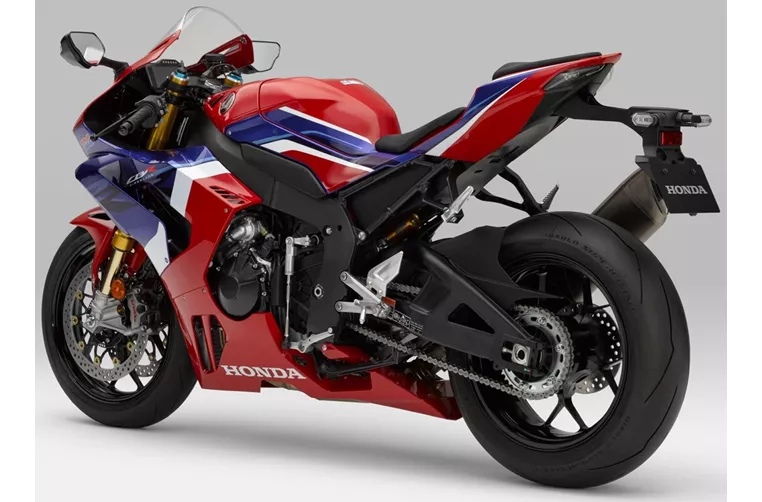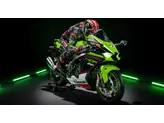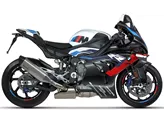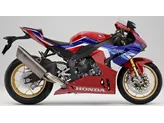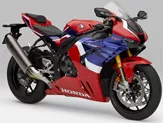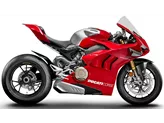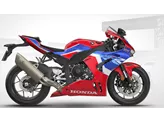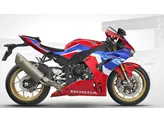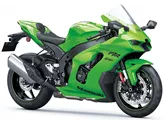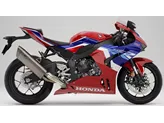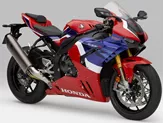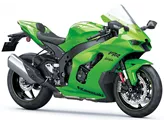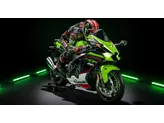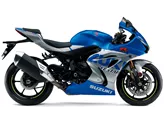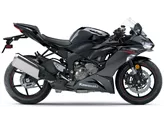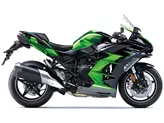Honda CBR1000RR-R Fireblade SP 2020 vs. Kawasaki Ninja ZX-10R 2021
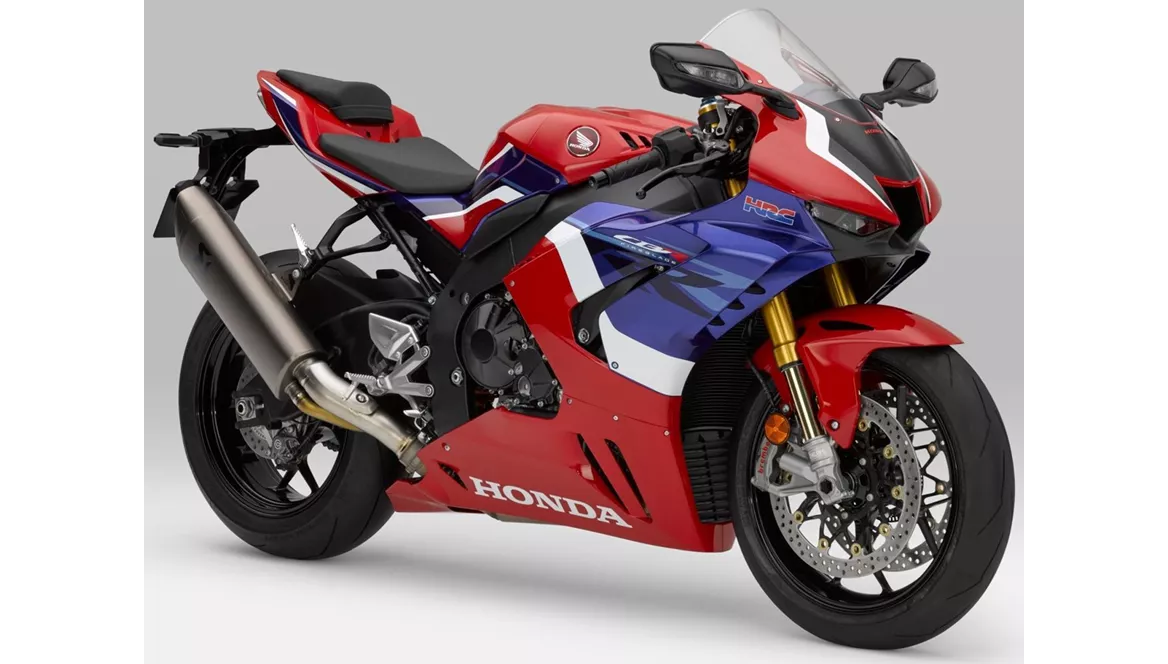
Honda CBR1000RR-R Fireblade SP 2020
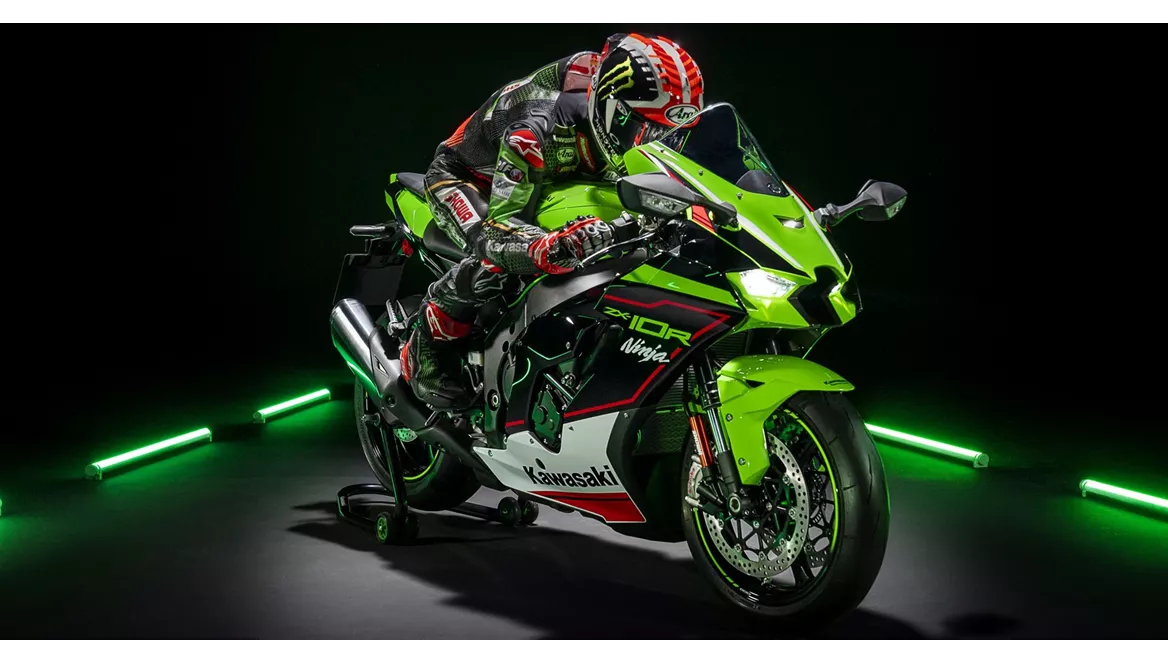
Kawasaki Ninja ZX-10R 2021
Vue d’ensemble - Honda CBR1000RR-R Fireblade SP 2020 vs Kawasaki Ninja ZX-10R 2021
The Honda CBR1000RR-R Fireblade SP 2020 and the Kawasaki Ninja ZX-10R 2021 are both high-performance supersport motorcycles that offer impressive features and capabilities.
Starting with the Honda CBR1000RR-R Fireblade SP 2020, it boasts an incredibly powerful engine with a displacement of 999.89cc and a power output of 217 HP. The engine features an in-line configuration with four cylinders and DOHC valve technology. The bike's torque is rated at 113 Nm, providing excellent acceleration and top-end power. The engine's compression ratio is 13, further enhancing its performance capabilities.
In terms of suspension, the Honda CBR1000RR-R Fireblade SP 2020 is equipped with an upside-down telescopic fork at the front with a diameter of 43 mm. The suspension is adjustable for compression, preload, and rebound, allowing riders to fine-tune their riding experience. At the rear, the bike features a swing arm suspension with a monoshock absorber, also adjustable for compression, preload, and rebound. The suspension components are made of aluminum, ensuring a lightweight yet durable construction.
The chassis of the Honda CBR1000RR-R Fireblade SP 2020 is made of aluminum, providing a strong and rigid structure. The bike has a wheelbase of 1455 mm and a seat height of 830 mm, offering a comfortable riding position. The front brakes consist of double discs with a diameter of 330 mm, utilizing radial monoblock technology from Nissin. The bike's front tire has a width of 120 mm and a diameter of 17 inches, while the rear tire measures 200 mm in width and 17 inches in diameter. The fuel tank has a capacity of 16.1 liters, providing a decent range for long rides.
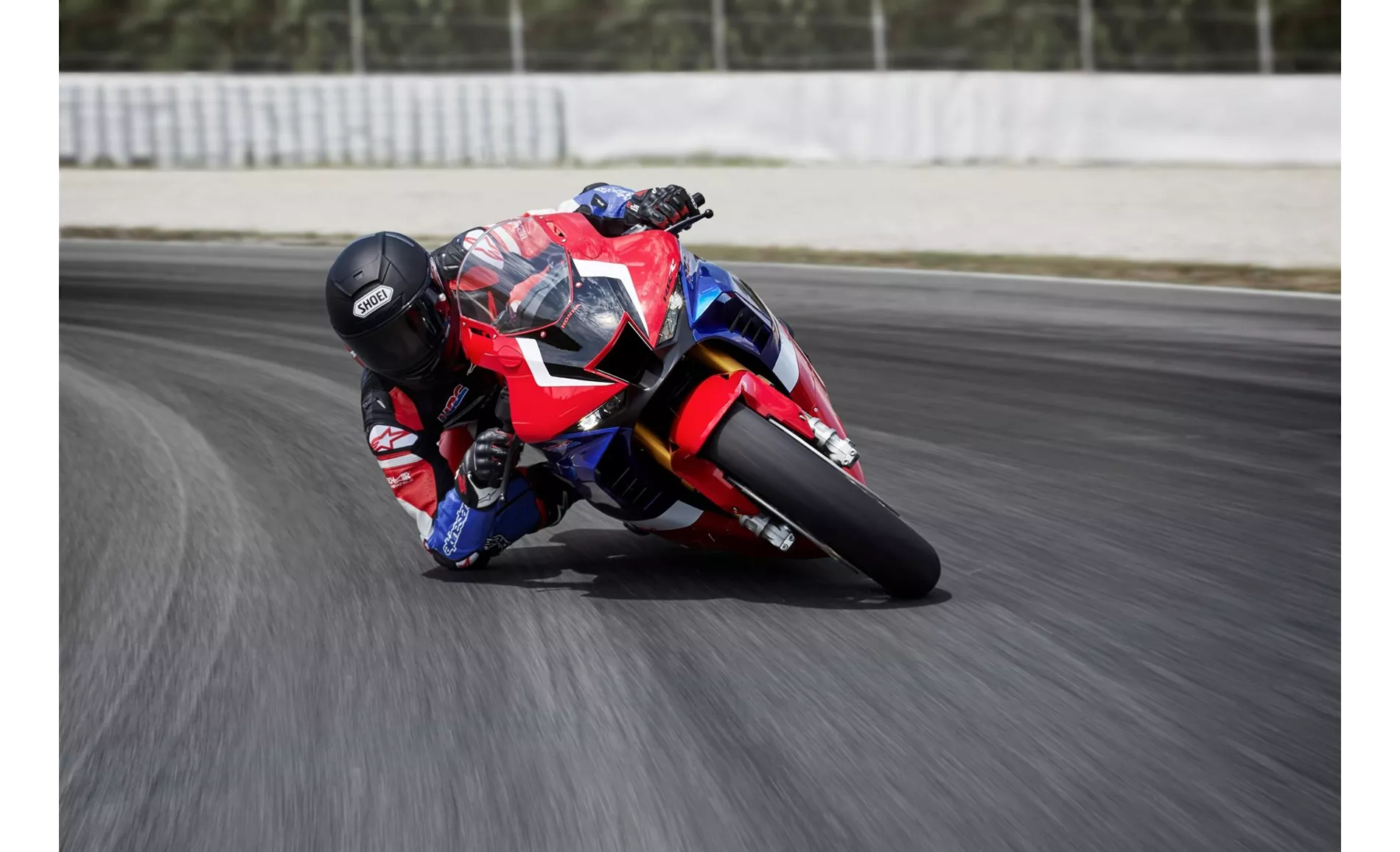
Honda CBR1000RR-R Fireblade SP 2020
Moving on to the Kawasaki Ninja ZX-10R 2021, it also features an in-line engine configuration with a displacement of 998cc. The engine produces a power output of 203 HP and a torque of 114.9 Nm. The engine's bore and stroke dimensions are 76 mm and 55 mm, respectively, contributing to its high-revving nature. The compression ratio is also 13, matching the Honda CBR1000RR-R Fireblade SP 2020.
The suspension setup of the Kawasaki Ninja ZX-10R 2021 is similar to that of the Honda CBR1000RR-R Fireblade SP 2020. It has an upside-down telescopic fork at the front with a diameter of 43 mm, adjustable for compression, preload, and rebound. The rear suspension consists of a swing arm with a monoshock absorber, also adjustable for compression, preload, and rebound. The suspension components are made of aluminum, ensuring a lightweight and durable construction.
The Kawasaki Ninja ZX-10R 2021 features an aluminum frame, providing a strong and rigid chassis. It has a wheelbase of 1440 mm and a seat height of 835 mm, offering a comfortable riding position for various riders. The front brakes consist of double discs with a diameter of 330 mm, utilizing petal technology from Brembo. The front tire has a width of 120 mm and a diameter of 17 inches, while the rear tire measures 190 mm in width and 17 inches in diameter. The fuel tank has a capacity of 17 liters, slightly larger than that of the Honda CBR1000RR-R Fireblade SP 2020.
In terms of strengths, the Honda CBR1000RR-R Fireblade SP 2020 offers an incredibly powerful powerplant, with super-sporty geometry and good ergonomics. It also has a state-of-the-art electronics package and provides super crisp feedback from all components. The braking point is transparent and powerful, and the bike features electronically adjustable Öhlins suspension.
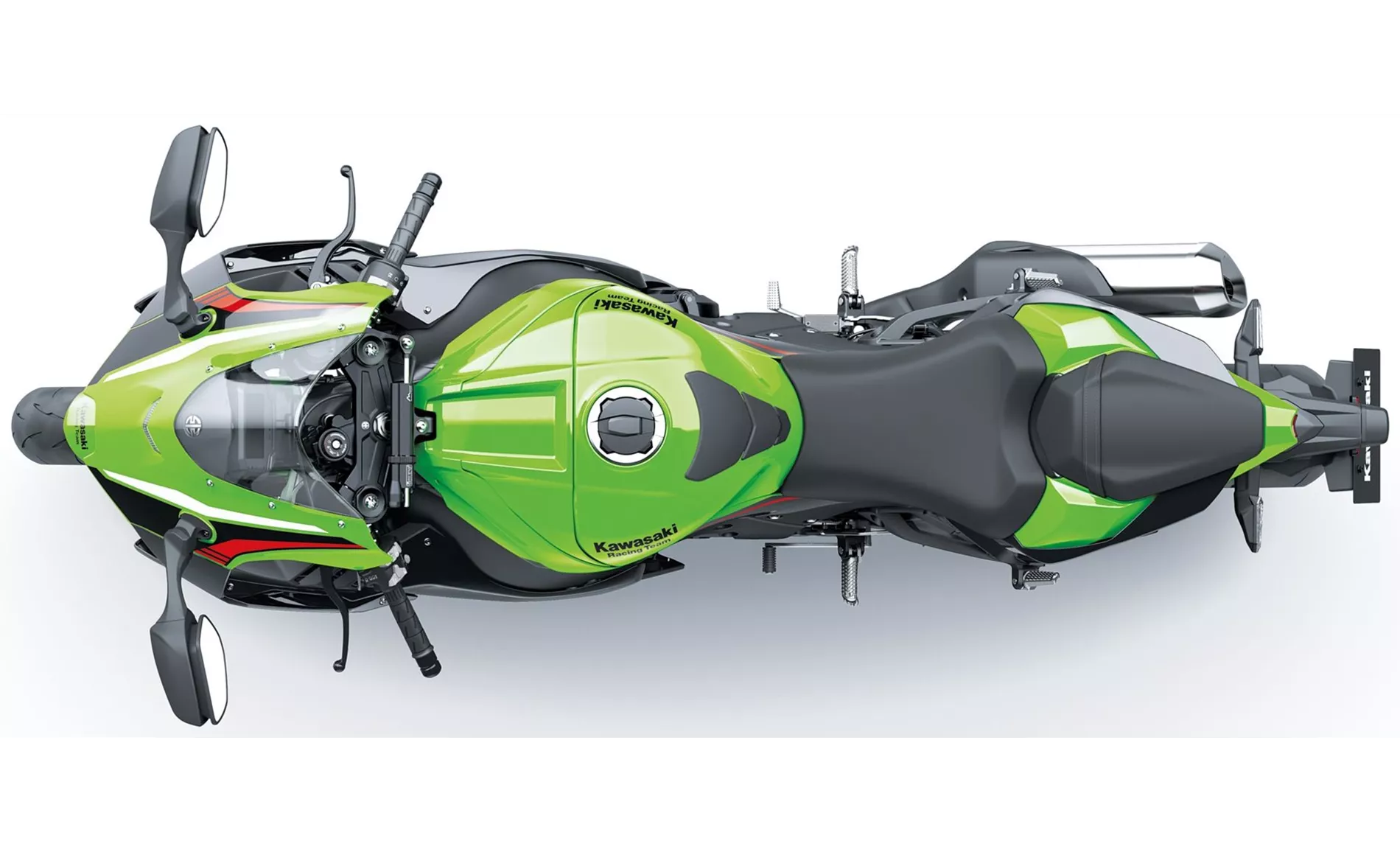
Kawasaki Ninja ZX-10R 2021
On the other hand, the Kawasaki Ninja ZX-10R 2021 boasts high-quality workmanship and strong components. It has a high-revving and powerful engine, along with great wind protection and good aerodynamics. The seating position is suitable for tall riders, and the bike features a high-quality electronics package. The brakes are powerful, and the chassis is well-balanced.
In terms of weaknesses, the Honda CBR1000RR-R Fireblade SP 2020's engine's transmission and power delivery are primarily designed for the racetrack, with not much happening up to around 6000 revs. Additionally, it lacks cruise control functionality.
On the other hand, the Kawasaki Ninja ZX-10R 2021 exhibits load change reactions in the partial load range and has a somewhat slow quickshifter. The display is also somewhat small.
In conclusion, both the Honda CBR1000RR-R Fireblade SP 2020 and the Kawasaki Ninja ZX-10R 2021 are impressive supersport motorcycles with their own unique strengths and weaknesses. Riders looking for a bike with incredible power and track-focused performance may lean towards the Honda CBR1000RR-R Fireblade SP 2020, while those seeking high-quality craftsmanship and a well-balanced package may opt for the Kawasaki Ninja ZX-10R 2021. Ultimately, the choice between these two bikes will depend on individual preferences and riding style.
Caractéristiques techniques Honda CBR1000RR-R Fireblade SP 2020 par rapport à Kawasaki Ninja ZX-10R 2021
Avantages et inconvénients en comparaison
Avantages et inconvénients en comparaison
Honda CBR1000RR-R Fireblade SP 2020

Les fans l'ont réclamé et Honda a livré la marchandise : La nouvelle CBR1000RR-R Fireblade SP est la lame la plus sportive de tous les temps. Pour la première fois, elle se concentre clairement sur la piste de course. Beaucoup de ses points forts, comme la maniabilité merveilleusement stable et directe ou la performance de freinage, peuvent bien sûr aussi être mis en valeur sur la route. Mais c'est surtout dans le chapitre moteur que Honda a choisi une voie claire : pas de compromis, la puissance et le temps au tour sont prioritaires. Cela se traduit surtout par un rendement plutôt médiocre en dessous de 6000 tours, ce qui n'est pas optimal sur la route. Mais si cela ne vous dérange pas, vous serez satisfait de la nouvelle Fireblade. Honda n'a pris aucun risque et a tout simplement fait appel aux meilleurs partenaires pour le SP : Akrapovic, Öhlins et Brembo ont été les partenaires géniaux de l'équipe Honda. Bien entendu, tous ces composants ont un prix.
Kawasaki Ninja ZX-10R 2021
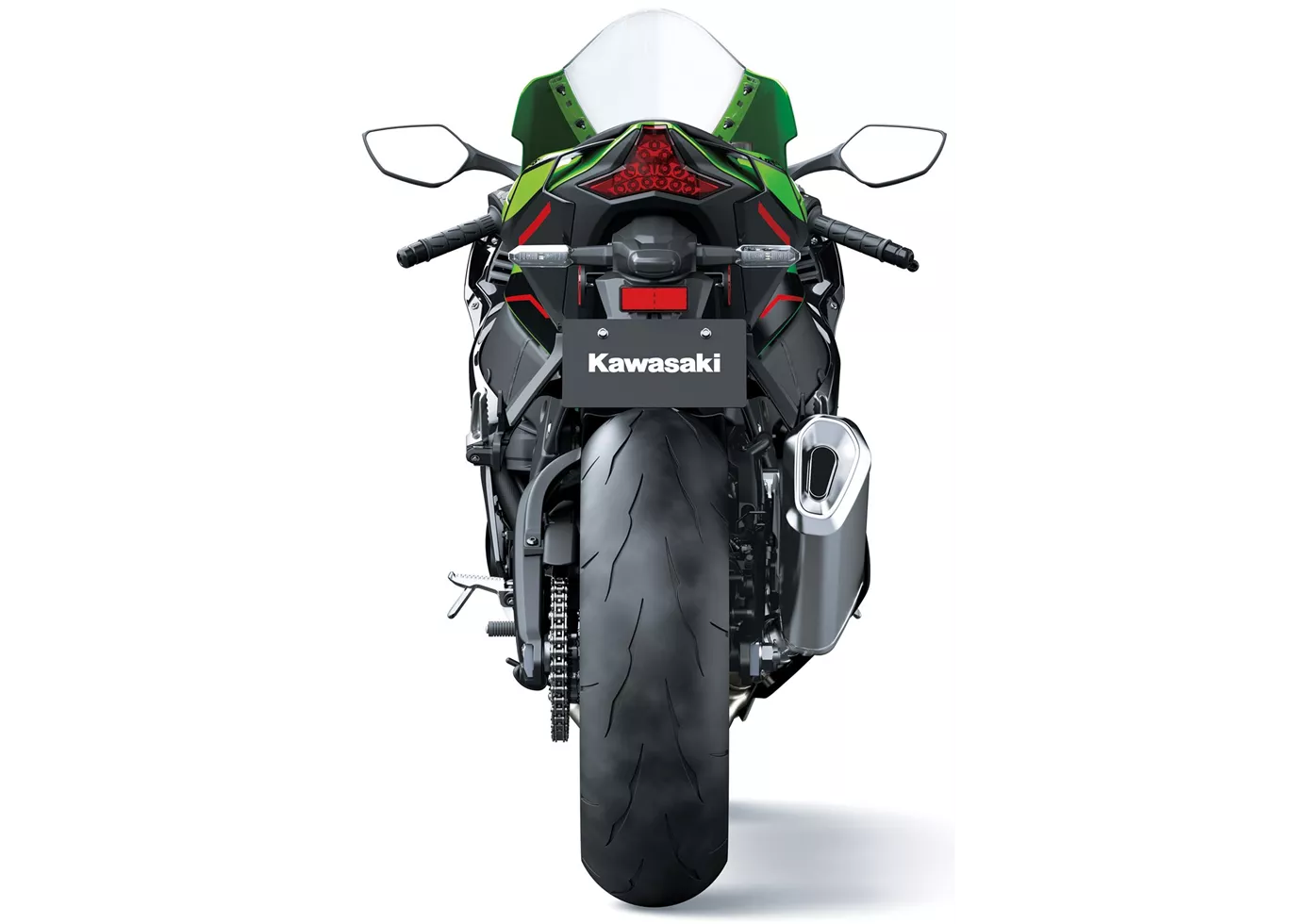
Avec la Ninja ZX-10R, Kawasaki propose pour l'année modèle 2021 un package complet et sophistiqué qui, avec sa nouvelle face avant, ressemble vraiment à 2021. La moto offre un espace surprenant pour le pilote et on se sent bien en selle. Le moteur poussif ne laisse rien à désirer - sauf peut-être une plus grande discipline en charge partielle. Pour mener à bien ce projet, Kawasaki a misé sur des ingrédients de qualité : suspension Showa, amortisseurs de direction Öhlins, freins Brembo avec disques de 330 ainsi qu'une électronique haut de gamme. Grâce à son électronique de qualité et à son moteur souverain, la Ninja ZX-10R fait même assez bonne figure sur les routes de campagne - pour autant que l'on soit capable de souffrir un peu en matière de position assise en raison du concept.
Comparaison des prix Prix moyen du marché Honda CBR1000RR-R Fireblade SP vs Kawasaki Ninja ZX-10R
There are a few key differences between a Honda CBR1000RR-R Fireblade SP 2020 and a Kawasaki Ninja ZX-10R 2021. There are the same number of bikes of both models available on the 1000PS.de marketplace, specifically 5. It takes less time to sell a Honda CBR1000RR-R Fireblade SP with 163 days compared to 177 days for a Kawasaki Ninja ZX-10R. Since model year 2020 1000PS.de editors have written 21 reviews for the Honda CBR1000RR-R Fireblade SP and 51 reviews for the Kawasaki Ninja ZX-10R since model year 2005. The first review for the Honda CBR1000RR-R Fireblade SP was published on 11/4/2019 and now has more than 151,000 views. This compares to more than 2,900 views for the first review on Kawasaki Ninja ZX-10R published on 1/11/2004.
